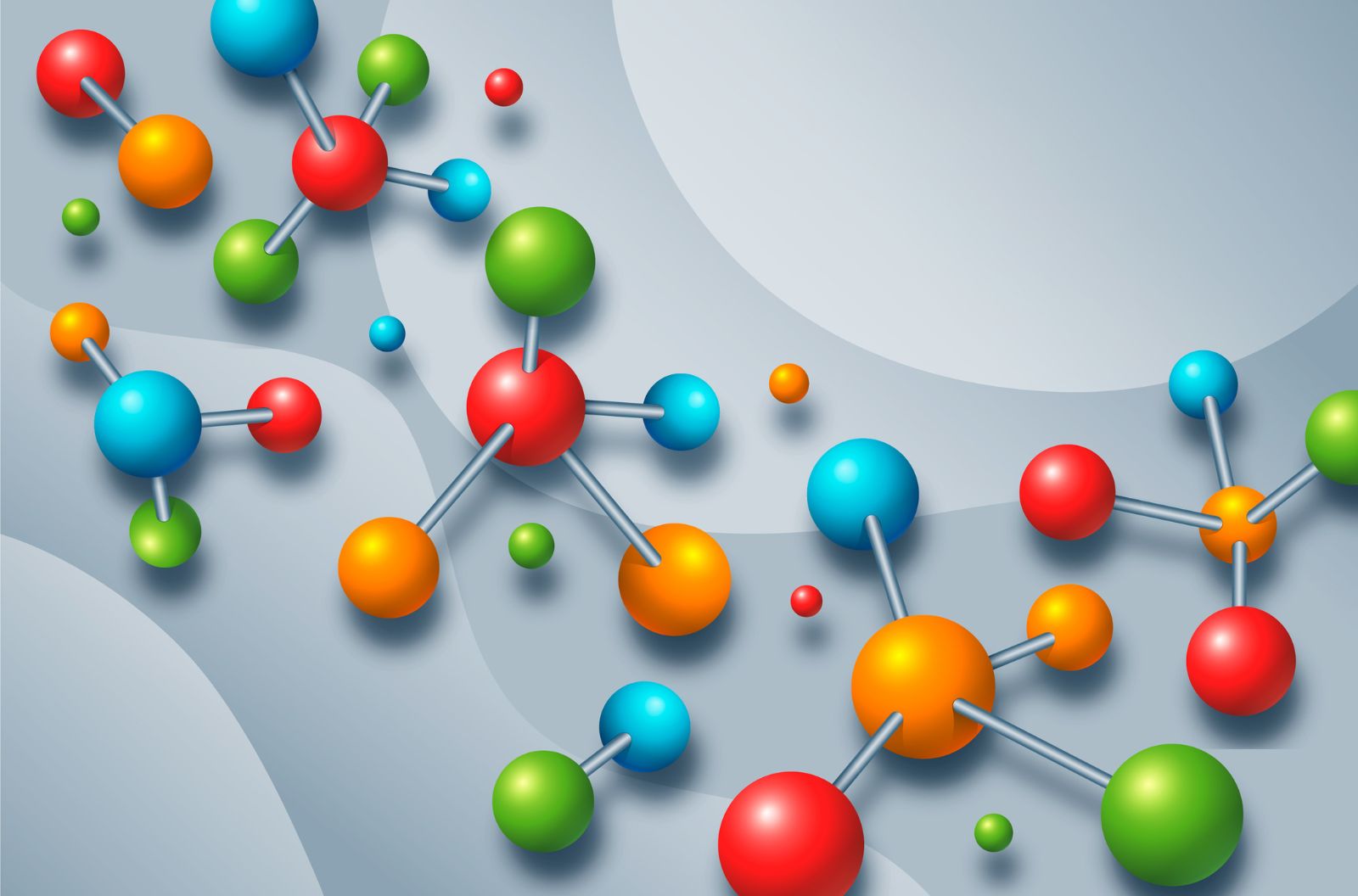Amines are organic compounds derived from ammonia (NH3) by replacing one or more hydrogen atoms with alkyl or aryl groups. They are characterized by the presence of a nitrogen atom bonded to hydrogen and carbon atoms. The general formula for amines can be written as R3N, where R represents an alkyl or aryl group.
Amines are classified into three main types based on the number of hydrogen atoms replaced:
Primary Amines (RNH2): One hydrogen atom is replaced by an alkyl or aryl group. Example: Methylamine (CH3NH2).
Secondary Amines (R2NH): Two hydrogen atoms are replaced by alkyl or aryl groups. Example: Dimethylamine ((CH3)2NH).
Tertiary Amines (R3N): All three hydrogen atoms are replaced by alkyl or aryl groups. Example: Trimethylamine ((CH3)3N).
Amines can also be categorized into aliphatic and aromatic amines. Aliphatic amines have only alkyl groups attached to the nitrogen atom, while aromatic amines have at least one aryl group attached to the nitrogen atom.
The structure of amines significantly influences their chemical and physical properties. The nitrogen atom in amines has a lone pair of electrons, making them basic and nucleophilic. This lone pair allows amines to form hydrogen bonds, which affects their boiling points and solubility. Primary and secondary amines can form hydrogen bonds with each other and with water, leading to higher boiling points compared to tertiary amines, which cannot form hydrogen bonds as effectively.
Primary Amines: These have one alkyl or aryl group attached to the nitrogen atom. Examples include:
Methylamine (CH3NH2): A simple aliphatic amine used in the production of pharmaceuticals and pesticides.
Aniline (C6H5NH2): An aromatic amine used in the manufacture of dyes, rubber, and pharmaceuticals.
Secondary Amines: These have two alkyl or aryl groups attached to the nitrogen atom. Examples include:
Diphenylamine ((C6H5)2NH): Used as an antioxidant in lubricants and as a stabilizer for explosives.
Tertiary Amines: These have three alkyl or aryl groups attached to the nitrogen atom. Examples include:
Trimethylamine ((CH3)3N): Used in the production of disinfectants, ion exchange resins, and as a precursor to choline.
Triphenylamine ((C6H5)3N): Used in organic electronics and as a stabilizer in plastics.
Reductive Amination: This method involves the reaction of an aldehyde or ketone with ammonia or an amine in the presence of a reducing agent. It is widely used in the pharmaceutical industry to produce various drugs.
Example: The synthesis of amphetamine from phenylacetone and ammonia using a reducing agent like lithium aluminum hydride.
Gabriel Synthesis: This method is used to prepare primary amines. It involves the reaction of potassium phthalimide with an alkyl halide, followed by hydrolysis.
Example: The synthesis of butylamine from potassium phthalimide and butyl bromide.
Hofmann Rearrangement: This reaction converts primary amides to primary amines with one less carbon atom. It involves the use of bromine and a strong base.
Example: The conversion of acetamide to methylamine using bromine and sodium hydroxide.
Pharmaceutical Industry: Amines are crucial in the synthesis of various drugs. They are found in analgesics, antidepressants, antihistamines, and antibiotics.
Example: Fluoxetine (Prozac), a widely used antidepressant, contains an amine group.
Agricultural Chemicals: Amines are used in the production of herbicides, pesticides, and fertilizers.
Example: Glyphosate, a common herbicide, contains an amine group.
Polymers and Plastics: Amines are involved in the production of polymers such as nylon and polyurethanes.
Example: The production of nylon-6,6 involves the reaction of hexamethylenediamine with adipic acid.
Dyes and Pigments: Aromatic amines are used in the manufacture of azo dyes, which are widely used in textiles and printing.
Example: The dye tartrazine, used in food coloring, is synthesized from aniline.
Gas Treatment and Water Treatment: Amines are used to remove impurities such as CO2 and H2S from natural gas and biogas.
Example: Monoethanolamine (MEA) and diethanolamine (DEA) are used in gas sweetening processes.
Amino Acids and Proteins: Amines are fundamental components of amino acids, which are the building blocks of proteins. Proteins are essential for the structure, function, and regulation of the body’s tissues and organs.
Example: The amino acid lysine contains a primary amine group.
Neurotransmitters: Many neurotransmitters, such as serotonin, dopamine, and histamine, are amines. These chemicals play critical roles in mood regulation, arousal, and allergic responses.
Example: Serotonin, derived from the amino acid tryptophan, regulates mood and behavior.
Hormones and Vitamins: Amines are present in several hormones and vitamins.
Example: Adrenaline (epinephrine) is a hormone involved in the fight-or-flight response, and vitamin B6 (pyridoxamine) is vital for metabolic processes.
Toxicity and Health Risks: Some amines can be toxic and pose health risks if not handled properly. They can cause skin and eye irritation, respiratory issues, and other health problems. Proper handling and storage procedures are crucial to ensure safety.
Example: Aniline is toxic and can cause methemoglobinemia, a condition where hemoglobin is unable to carry oxygen effectively.
Environmental Concerns: Amines can have harmful effects on the environment if released improperly. They can contaminate water sources and disrupt ecosystems. Regulations and guidelines are in place to manage the safe disposal of amines.
Example: The release of amines into water bodies can lead to the formation of nitrosamines, which are carcinogenic.
Regulations and Guidelines: Various regulatory bodies have established guidelines for the safe use, handling, and disposal of amines. These include OSHA (Occupational Safety and Health Administration) and EPA (Environmental Protection Agency) in the United States.
Example: OSHA sets permissible exposure limits (PELs) for workplace exposure to certain amines.
Potential for Sustainable and Eco-Friendly Amines: There is a growing interest in producing amines from renewable resources. This aligns with the global push towards sustainability and reducing the environmental footprint of chemical manufacturing.
Example: The development of bio-based amines derived from agricultural waste.
Ongoing Research and Development: The field of amine chemistry is dynamic, with ongoing research focused on discovering new applications and improving existing processes. This includes the development of novel amine-based materials and their potential uses.
Example: Research into amine-based ionic liquids for use as solvents in green chemistry.




